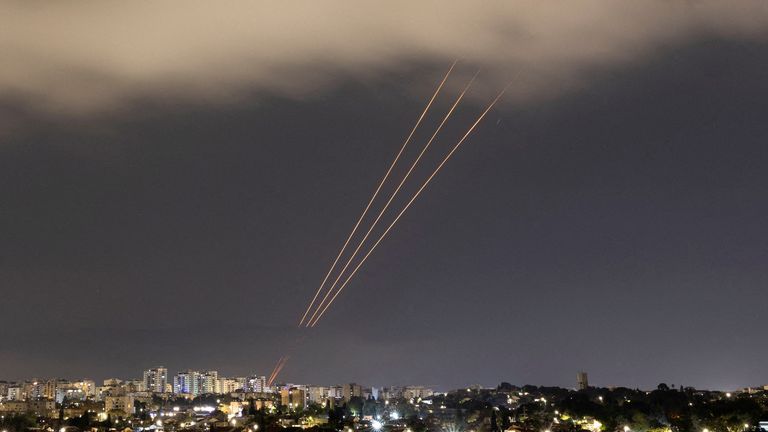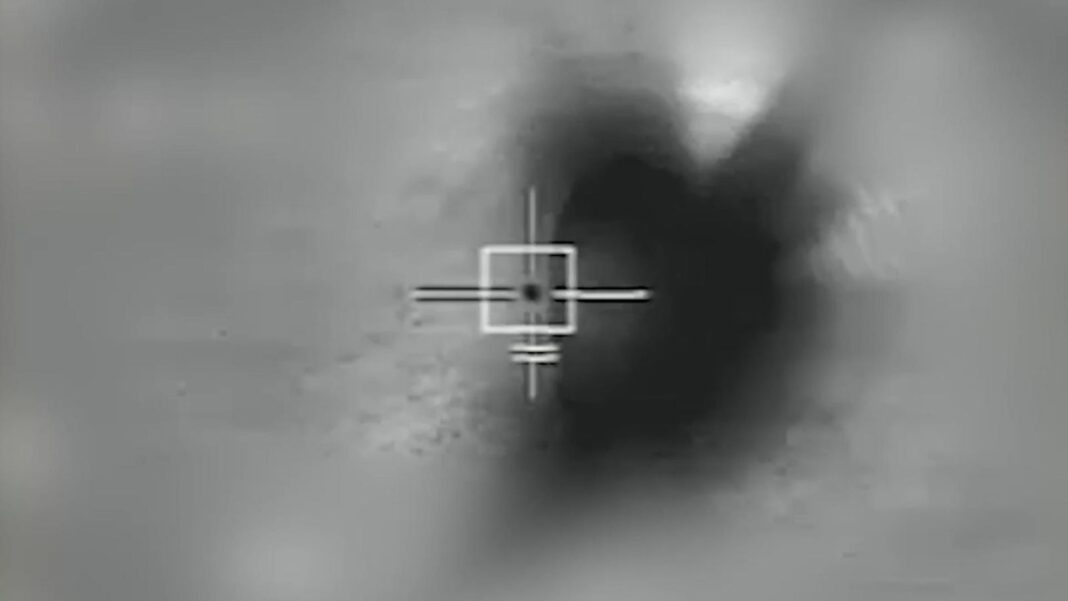Fake videos and images flooded social media in the hours after Iran launched missiles and drones towards Israel on 13 April.
Within seven hours of the drones being launched, 34 fake images and videos claiming to show the conflict had received 37 million views on X, according to a report by the Institute for Strategic Dialogue (ISD).
Seventy-seven per cent of the posts came from ‘verified’ paid accounts. X amplifies some posts and replies from these accounts so they are more easily seen by other people, and the verified ‘tick’ may make users think the post is real.
“The checkmark, based on how Twitter previously used to work, gives that account a sense of legitimacy,” said report author Mustafa Ayad to Sky News.
The “fog of war” and the rush for information that follows a breaking news event “allows these accounts to fill a vacuum of verified information in crisis events, further increasing their followings and influence,” according to the report.
“[Misinformation] is becoming a pattern that you can almost predict at every sort of crisis or attack,” said Mr Ayad.
“The speed at which these posts travel is moving more quickly and the scale of it is bigger.”

An anti-missile system in action after Iran launched drones and missiles towards Israel. Pic: Reuters
Community notes on X are designed to help fight disinformation but only two of the posts studied by ISD had community notes attached when they studied the posts seven hours after the attack.
“In those initial hours, you’re going to get a lot of information, a lot of which is not going to be verified or is completely false,” said Mr Ayad.
“We’ve seen that in the Russian invasion of Ukraine, we’ve seen that on October 7th, we’ve seen that during the bombardment of Gaza.
“It’s best to hold off on interacting with that sort of content in the initial hours, unless it’s been verified by a media outlet.”
Deryck Mitchelson is the chief information security officer at the cyber security company Check Point. His company analyses cyber threats including disinformation campaigns.
“We find most of the fake news content around wars [starts off as] propaganda,” he told Sky News.
“Then it spreads very quickly. It spreads across those sympathetic to the cause then AI bots pick it up and spread it.”
In fact, footage from wildfires in Chile ran on Iranian state television after the attack, with the station claiming it showed damage caused by the strikes in Israel, according to the report.
It was then widely shared on social media.
Read more from Sky News:
Tesla to cut around 15,000 jobs
Mystery of object that crashed into Florida home solved by NASA
Marine worm has ‘googly eyes’ 20 times heavier than its head
Most of the fake content was either repurposed from previous events or generated using AI.
Although there are methods to verify whether an image or video is repurposed, identifying AI-generated content can be much harder.

Keep up with all the latest news from the UK and around the world by following Sky News
Mr Mitchelson says the increasing amount of AI-generated misinformation means people need to be much more careful around these kinds of posts.
“We need to spend more time trying to verify them and if we can’t verify, then add warnings around to say, ‘This is not verified.'”
Sky News approached X for comment but did not receive a response.







